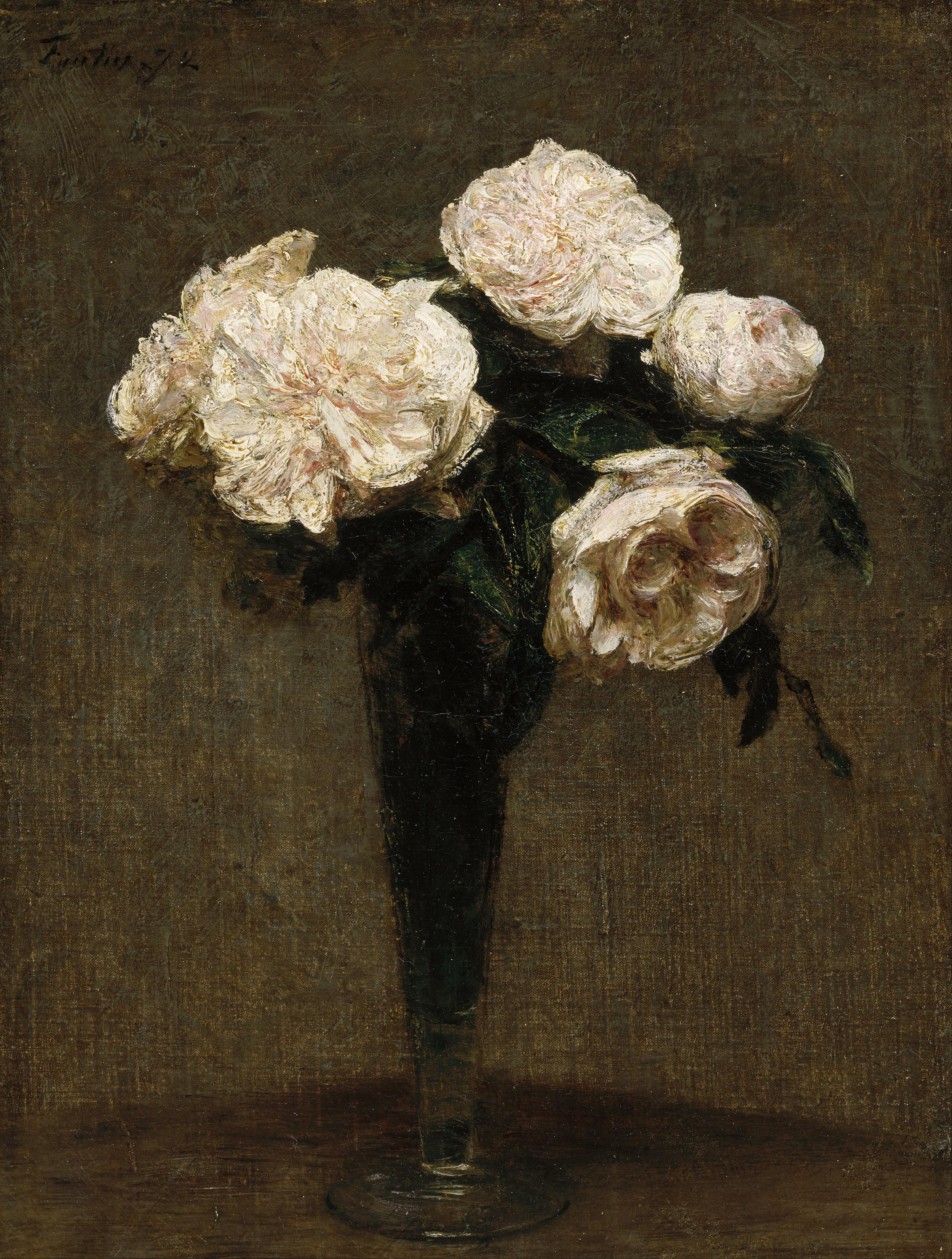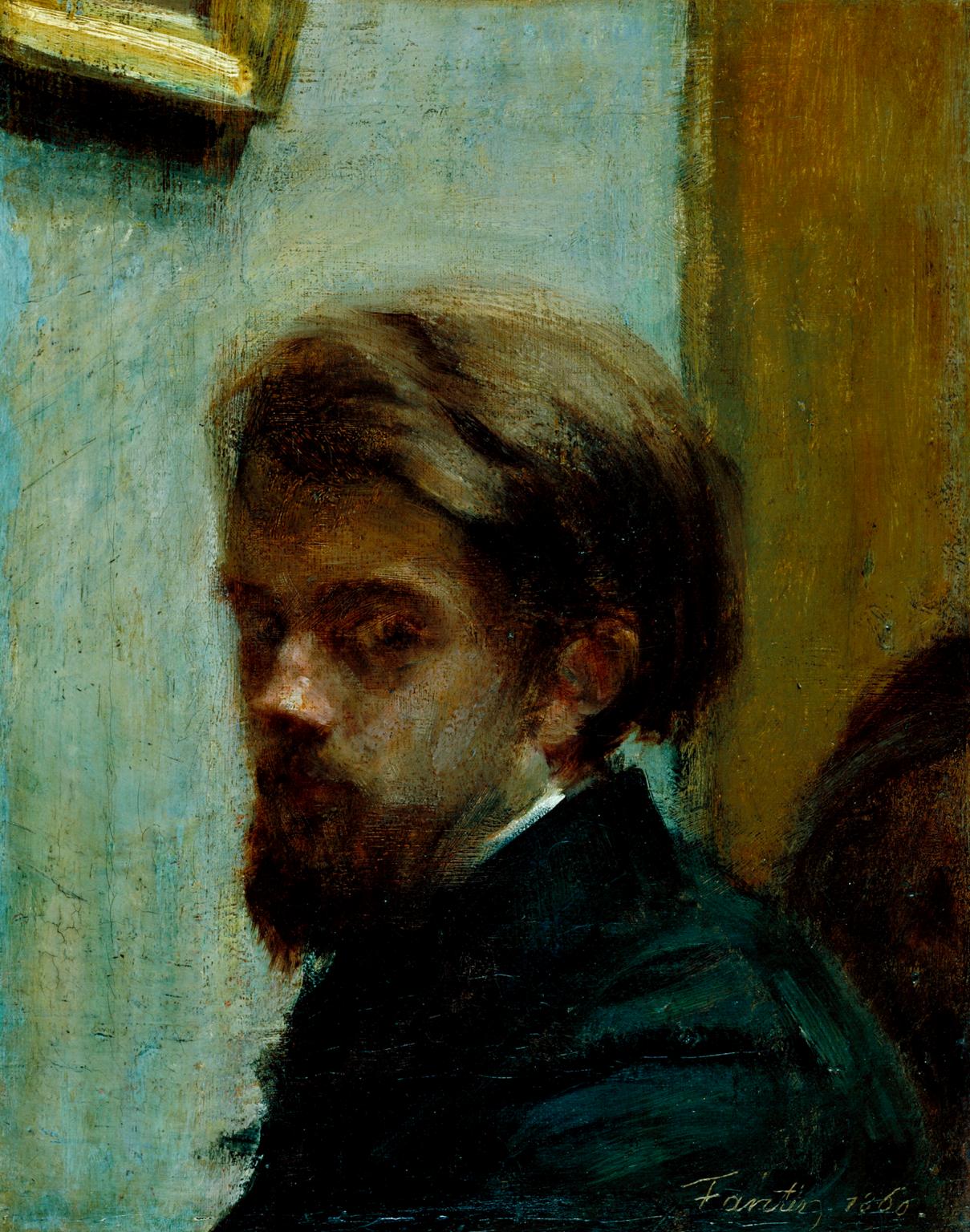Alongside his work as a portrait painter, Fantin-Latour produced a large number of still lifes. In the 1860s, they even played a major role in his career. They became very popular in England, which he visited regularly.
Fantin-Latour's still lifes, filled with poetry and a little old fashioned, were able to impress the public. However, the choice of this subject was not as innocent as it might seem. In the hierarchy of the genres laid down by the Académie des Beaux-arts in the 17th century, the still life with fruit or flowers was relegated to the lowest level. By freeing himself from all literary, religious or historical pretexts (supposed to confer worth and nobility to the work) Fantin-Latour was taking the opposite view to these academic principles. This painting, which tells no story, is intended purely to appeal to the eyes, thus embodying one of the main aims of modern art.
Today's painting was requested by our user, Eleanor to her daughter - Happy Birthday!


 Henri Fantin-Latour
Henri Fantin-Latour